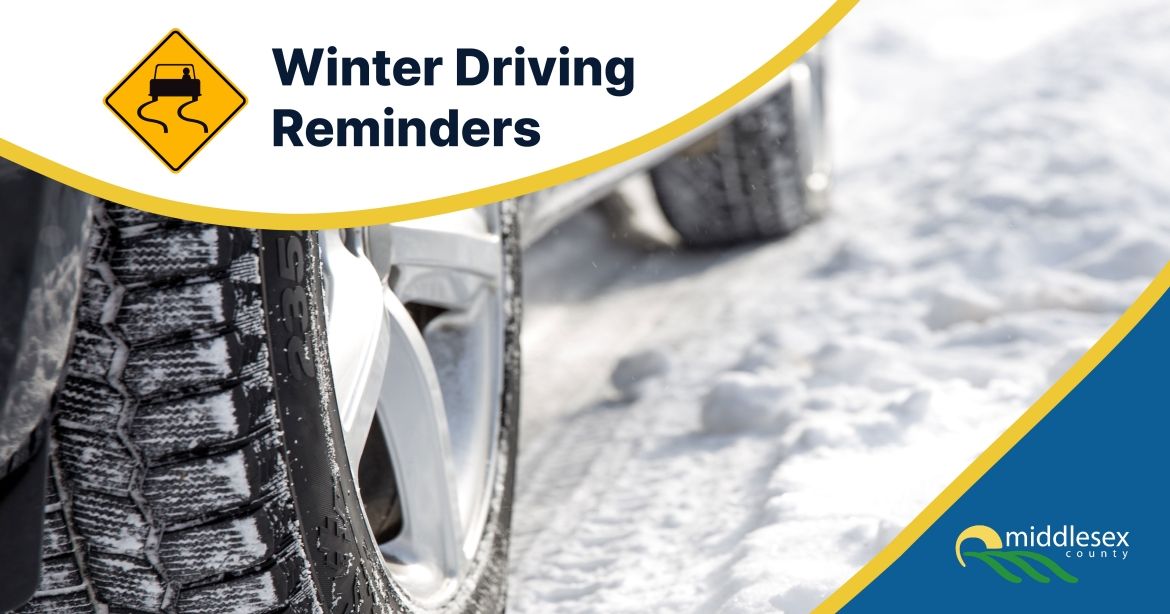
-
Slow down and stay in control
Many winter collisions happen because drivers are going too fast for road conditions.
Don’t use cruise control on wet, snowy or icy pavement – it reduces your reaction time and vehicle control.
Steer gently on curves and in slippery conditions. Hard braking, quick acceleration and sudden gear changes can cause you to skid.
If you do skid, release your brakes and steer in the direction you want to go. Be careful not to steer too far though or the car could spin.
-
Give space
It takes longer to stop on slippery roads – make sure there’s extra space between you and other vehicles.
-
Focus and stay alert
Focus on the road. Put down the phone and don’t drive distracted.
Pay attention to the road surface. Asphalt in winter should look grey-white. If it looks black and shiny it could be covered in ice. Remember that shaded areas, bridges and overpasses freeze earlier than other sections of road.
-
See and be seen
Use your vehicle’s full lighting system in poor visibility and whiteout conditions. If conditions become dangerous, pull over safely and wait for the weather to improve.
Driving near snowplows
Stay back from working snowplows and other winter maintenance vehicles (e.g. trucks spreading salt or spraying anti-icing liquid) with flashing blue lights. You’ll see them on highways before, during and after a snowfall or storm.
Never pass a working snowplow – it’s very dangerous for you and the plow driver. Sight lines and visibility can be significantly reduced by blowing snow and the ridge of snow that the plow creates. Trying to pass between or around a snowplow could result in a severe – even fatal – collision.
Be patient – it takes time to clear the roads after a snowfall. If you’re driving behind a snowplow, wait for it to finish its job. Roads are plowed in sections, so you usually won’t be stuck behind a plow for more than 20-30 minutes.
Winter tires
Putting winter tires on your vehicle:
- improves traction and control in frost, snow and icy conditions
- shortens braking distances by as much as 25%
You could also get a discount on your auto insurance – ask your insurance provider.
Be sure to install four winter tires – never mix different types of tires on one vehicle.
Check your tires regularly for wear and pressure. Cold weather can bring down your tire pressure, and worn or damaged tires make it harder to drive safely.
For more tips and information for driving safely in the winter, please go to the Ontario Government's page Winter Driving.
